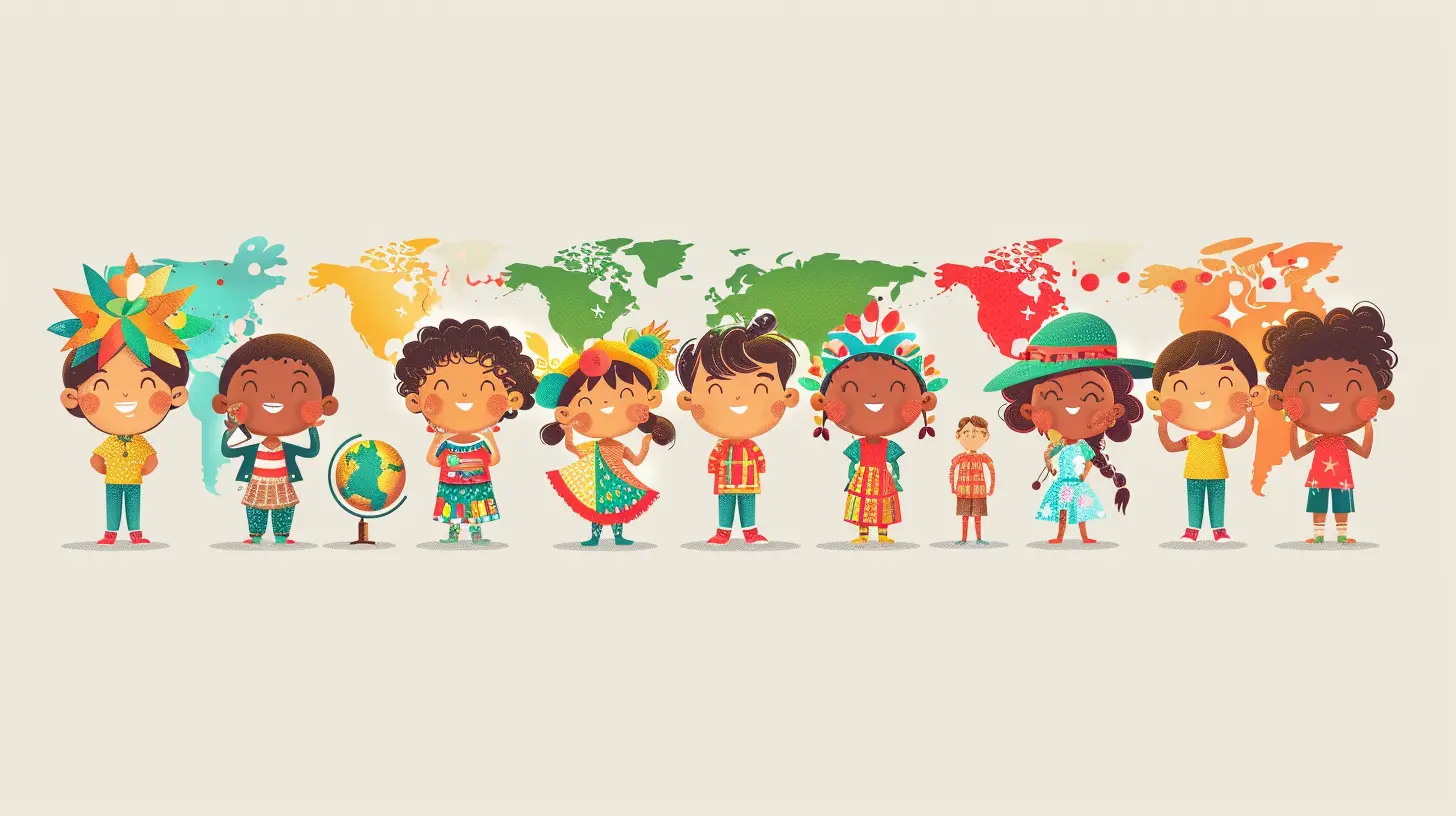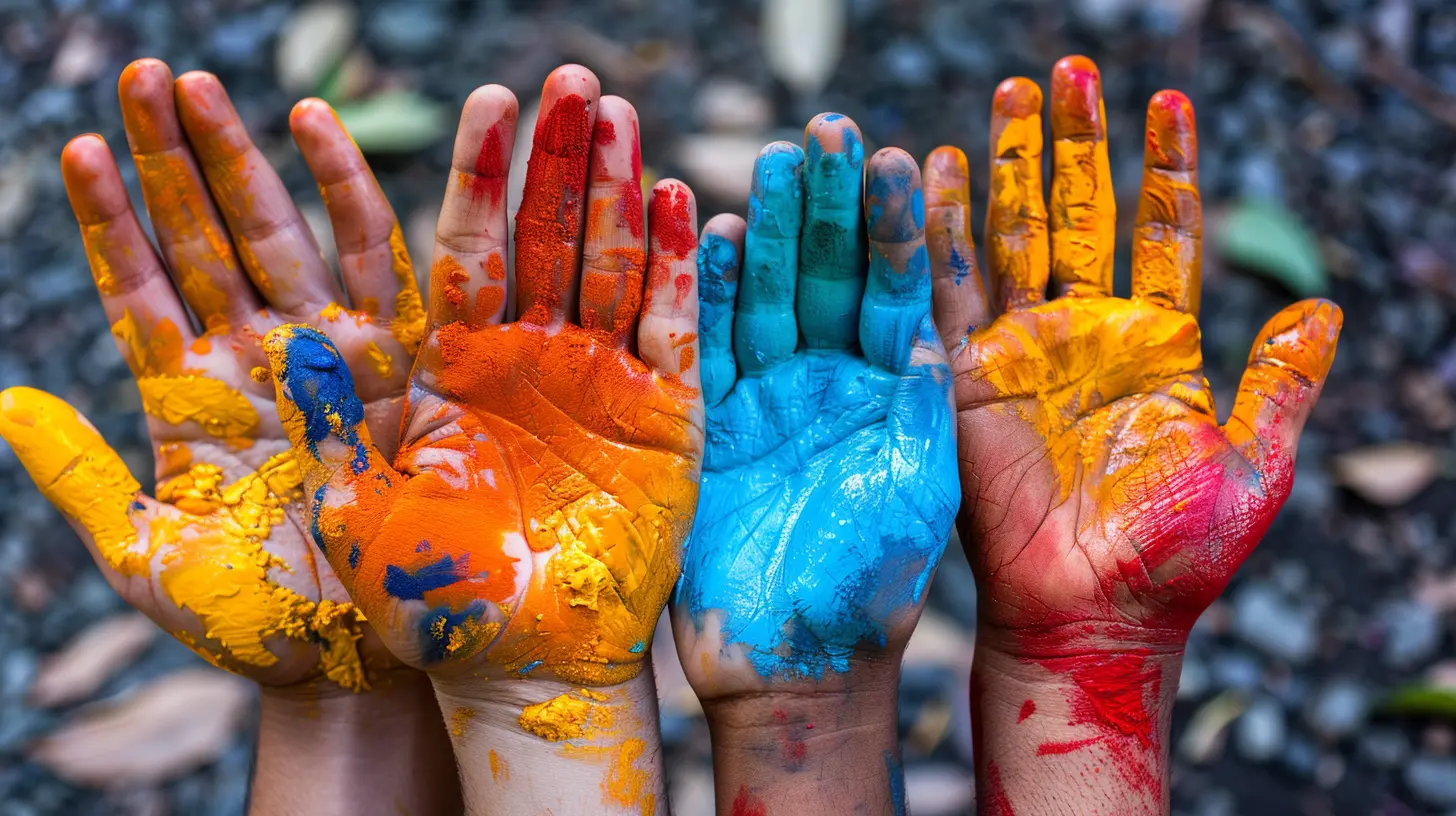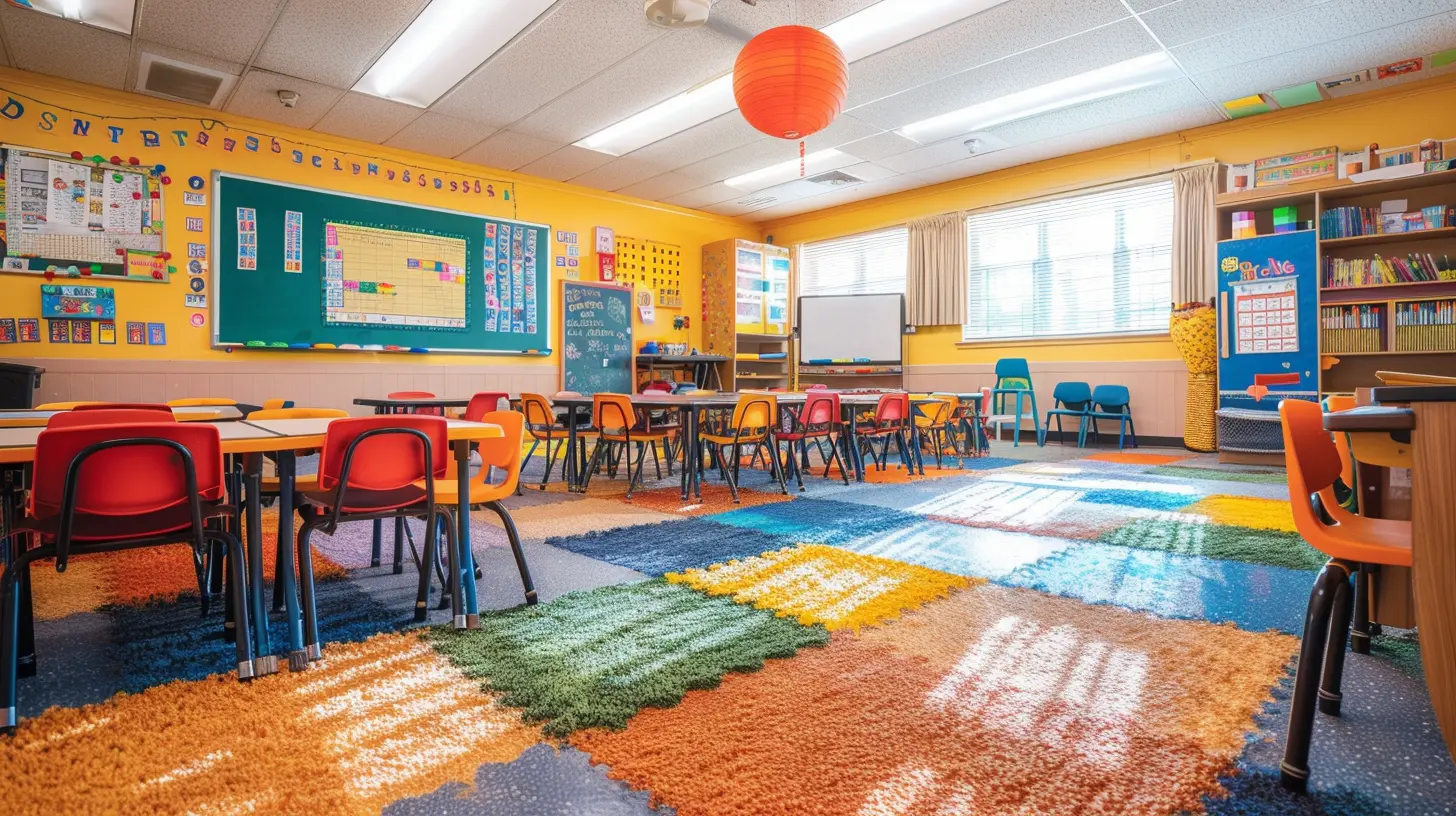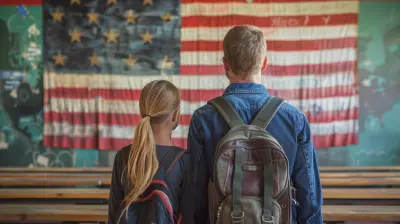How to Create an Inclusive and Culturally Responsive Bilingual Classroom
20 October 2025
Creating an inclusive and culturally responsive bilingual classroom is more than just teaching in two languages. It's about building a space where every student—regardless of their background—feels seen, heard, and valued. Sounds like a tall order? Sure. But it's one that’s absolutely achievable when you approach it with curiosity, empathy, and a willingness to learn alongside your students.
In this guide, we’ll walk through the philosophy and the practical steps you can take to foster genuine inclusivity and cultural responsiveness in a bilingual setting. Whether you're a new teacher or a seasoned educator, there's something in here for you. So, let's dive in!
📚 What is a Culturally Responsive Bilingual Classroom Anyway?
Before we jump into the "how," let’s get clear on the "what."A culturally responsive bilingual classroom does more than just switch between languages. It recognizes and respects the cultural backgrounds of all students. That means lessons are relevant to their experiences, classroom discussions are inclusive of multiple perspectives, and linguistic diversity is seen as an asset—not a hurdle.
It’s a space where language and culture go hand-in-hand to enrich learning, rather than limit it.
🌍 Why It Matters (More Than You Think)
Think about it—school can be a second home for many kids. If their culture or language feels invisible or undervalued in that space, how motivated do you think they'll be to participate and engage?An inclusive class fosters:
- Higher academic outcomes – When students feel included, they try harder.
- Improved social-emotional health – It’s no secret: kids thrive when they feel seen.
- Greater cross-cultural understanding – And that builds empathy in the entire classroom.
So, yes, this stuff really matters.
🧠 Start with a Mindset Shift
Alright, let’s get honest for a second. Creating a culturally responsive classroom starts with… you. Yep, your mindset matters more than any curriculum.Ask yourself:
- Am I recognizing my own cultural biases?
- Do I make assumptions about students based on language or background?
- Is my teaching style flexible enough to accommodate different learning profiles?
This isn’t about being perfect—it’s about being aware. Openness and humility are your best tools here.
🗣️ Language as a Bridge, Not a Barrier
In a bilingual classroom, language is front and center. The problem? Sometimes it’s treated like a hurdle that students need to “overcome.”Flip the narrative. Languages are bridges between worlds. They connect cultures, unlock ideas, and carry history. When you position both languages in your classroom as equally valuable:
- Students stop feeling like one language is ‘better’ than the other.
- English Language Learners feel more confident jumping into class discussions.
- Native-English speakers become curious about new ways of saying things—and new ways of thinking too.
Don’t shy away from using both languages often and visibly. Label classroom items in both. Host "language days" where students share stories or songs from home. Make it part of the fabric of everyday learning.
🧩 Getting to Know Your Students
Here’s a fun idea: treat each student like a book that hasn’t been read yet.To build a truly inclusive classroom, you need to know who’s sitting in front of you. That means learning:
- Where their families come from.
- Which languages they speak at home.
- What holidays they celebrate.
- What stories their cultures hold dear.
You don’t need to memorize countries and flags, but showing interest has a big impact. Consider "culture surveys" at the beginning of the year, or family interviews. Build connections that go beyond homework and test scores.
🧑🏽🏫 Rewriting the Curriculum (Just a Little)
Okay, so here's the tricky part: most school curricula weren’t exactly designed with cultural responsiveness in mind. But don’t worry—you don’t need to toss the whole thing out.Here’s what you can do:
- Diversify your materials: Use books, articles, and videos that reflect a wide range of cultures and voices. Think bilingual texts, folktales, and authors from different backgrounds.
- Contextualize content: When teaching a concept—like photosynthesis—relate it to something universal, like growing food, and then tie in how different cultures grow or cook their vegetables. Same lesson, richer perspective.
- Highlight contributions from diverse figures: Scientists, authors, inventors—the world’s full of them. Bring those varied voices into your teaching.
🧠 Different Brains, Different Paths
Let’s not forget: culture shapes how students learn. Some cultures emphasize collaboration, while others prize independence. Some kids may have never raised their hand in class before—it just isn’t what’s done where they come from.So, ask yourself:
- Are your activities catering to different learning preferences?
- Are you giving students multiple ways to show what they know?
- Can students collaborate in their home languages when working in groups?
Differentiation isn't just a teaching strategy—it’s an inclusion strategy.
🛠️ Practical Strategies for a Culturally Responsive Bilingual Classroom
Here’s where things get really hands-on. Let’s look at some practical things you can start doing tomorrow:1. Create a Multilingual Environment
- Use signs in both (or all) classroom languages.- Encourage students to write in both languages during journaling.
- Celebrate "word of the day" in each language.
2. Invite Families into the Learning
- Host cultural celebration nights.- Ask parents to read a story or teach a song in their home language.
- Share recipes, artifacts, or family traditions.
3. Build Classroom Agreements Together
Let your students take part in writing classroom norms. Not only does this honor their voices, but it allows you to see what behaviors and values they prioritize.4. Use Culturally Relevant Scenarios in Lessons
Don’t just talk hypotheticals—use examples and case studies your students can relate to. If you’re teaching math, use food measurements from their own cuisines. If you’re teaching writing, give prompts about family gatherings or community stories.5. Normalize Code-Switching
Code-switching—moving between languages—is a natural part of bilingual life. Don’t correct students out of it; instead, teach them when and where it’s appropriate.💬 Let’s Talk About Classroom Language Norms
Here’s a common question: “Should I make students speak only English (or the target language) in class?”In some situations—like standardized tests—it might be necessary. But making that the rule 24/7? It sends the wrong message.
A better approach: set clear expectations about when each language will be used and make space for both. Use collaborative tasks to allow students to switch languages as needed. Remember: we want to grow both languages, not shut one down for the sake of the other.
🎨 Representation Matters—Big Time
Visuals speak louder than words sometimes. What does your classroom look like?- Are there posters showing kids of all skin tones?
- Are your bookshelves lined with diverse authors and stories?
- Do you include cultural artifacts or student-made art?
Representation creates belonging. When students see themselves reflected in their environment, they’re more likely to engage. It’s like putting out a big welcome sign that says: “You matter here.”
🧑🏾💻 Tech Tools That Elevate Inclusivity
Yup, tech can help too. Here are a few digital tools to go bilingual and inclusive:- Google Translate / Microsoft Translator: For quick translations and parent communication.
- Read&Write Chrome Extension: Supports English learners with text-to-speech and vocabulary tools.
- Flipgrid: Great for student video responses in any language.
- Seesaw: Allows communication with families in multiple languages and lets students record responses in both writing and speech.
💡 Reflection and Growth Are Ongoing
One final word of advice: You’re never “done” becoming culturally responsive. It’s a journey, not a checkbox.Keep learning. Attend workshops. Read books by educators from different cultures. Talk to your students and their families. Reflect often.
Even small steps can create big change. And when your students feel like they belong, when they bring their full selves into the classroom—language, culture, personality and all—that’s when real learning happens.
❤️ Final Thoughts
Creating a bilingual classroom that is inclusive and culturally responsive isn’t a single strategy—it’s a mindset shift, a teaching philosophy, and a daily commitment.But the payoff? It’s huge. Imagine a classroom where kids feel empowered by their identities. Where curiosity is sparked by difference. Where every student knows their culture and language are not just accepted, but celebrated.
That's not just good teaching. That’s transformational.
all images in this post were generated using AI tools
Category:
Bilingual EducationAuthor:

Monica O`Neal
Discussion
rate this article
1 comments
Onyx Cox
This article beautifully highlights the importance of inclusivity and cultural responsiveness in bilingual classrooms. By embracing diverse backgrounds and fostering a supportive environment, we can enhance learning and create a sense of belonging for all students.
October 21, 2025 at 3:42 AM

Monica O`Neal
Thank you for your thoughtful comment! I'm glad you found the article resonates with the importance of inclusivity and cultural responsiveness in bilingual education.


